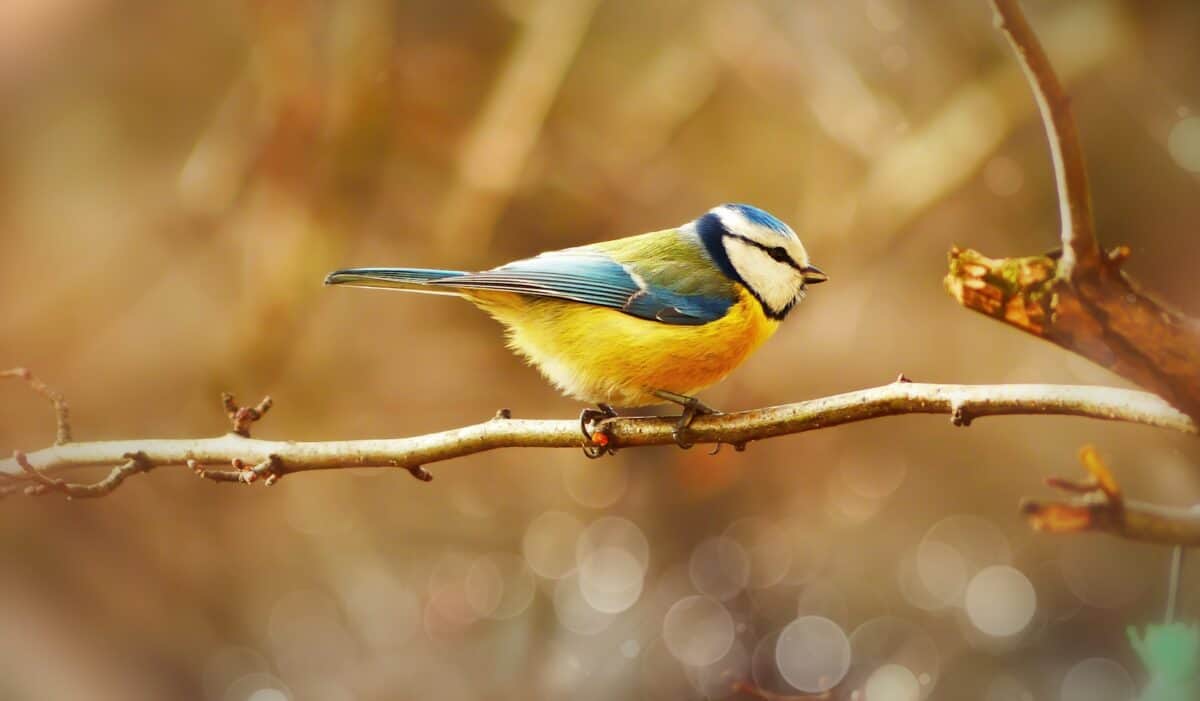Heatwaves, characterized by prolonged periods of excessively high temperatures, can have profound impacts on ecosystems. While much attention is given to how such extreme weather affects human populations, the consequences for wildlife, particularly birds, are equally significant. Birds, with their varied biology and nesting habits, are especially vulnerable to the stresses brought about by intense heat. This article explores the ways in which heatwaves influence birds and their nesting behaviors, shedding light on this critical issue that intersects climate change with biodiversity.
The Physiological Impact of Heatwaves on Birds

Birds are endothermic animals, meaning they regulate their body temperature internally. However, during heatwaves, maintaining this delicate balance becomes challenging. Excessive heat can lead to dehydration and heat stress. Water evaporation from vital organs can result in severe physiological trauma, impacting a bird’s ability to forage, reproduce, and survive. Furthermore, sustained high temperatures may force birds to shift their active periods to cooler parts of the day, thereby reducing the time available for feeding and other essential activities.
Effects on Nesting and Reproductive Success

Nesting periods for many bird species coincide with the warmer months, making them susceptible to the harsh effects of heatwaves. Extreme temperatures can compromise the viability of eggs. High heat can cause eggs to overheat and desiccate, leading to lower hatching success. Moreover, heat can prompt parents to expend additional energy to keep the nest cool, sometimes necessitating that a parent remains at the nest for shading purposes, limiting their ability to forage for food. This situation can result in poorer nutrition for the chicks and, consequently, reduced fledgling success.
Altered Nesting Habitats

Heatwaves can also lead to alterations in the availability and condition of suitable nesting habitats. Prolonged heat can trigger drought conditions, changing the landscape and reducing the cover and resources birds depend on for nesting. Dried-out environments may lead to increased predation risks or insufficient materials to construct secure nests. Additionally, heat-stressed vegetation may fail to offer the necessary shelter or food resources critical for chick development.
Behavioral Adaptations

Some bird species display remarkable behavioral adaptations in response to extreme heat. These may include changing the timing of nesting to earlier in the season to avoid peak temperatures, selecting more shaded nesting sites, or increasing nest ventilation. Birds might also reduce their singing or other metabolic activities to minimize energy expenditure. While these adaptations can be beneficial, they are not always sufficient to overcome the most severe impacts of heatwaves.
Conservation and Management Strategies

As climate change escalates the frequency and intensity of heatwaves, conservationists are tasked with developing strategies to mitigate these effects. This includes habitat management to ensure the availability of shaded, cool nesting sites and the protection and restoration of native vegetation to provide ample food resources. Educating the public about the impacts of climate change on avian species, fostering citizen science projects to monitor bird populations, and promoting policies that reduce greenhouse gas emissions are critical steps toward protecting bird populations from the ravages of heatwaves.
Conclusion

Heatwaves pose a significant and growing threat to bird populations globally, affecting their physiology, nesting success, and habitat conditions. Understanding these impacts is crucial for developing effective conservation strategies and raising awareness of the broader implications of climate change on biodiversity. As stewards of the environment, it is our responsibility to support efforts to mitigate these effects and protect the rich tapestry of avian life that enriches our planet.
- The Wild Mustangs of Nevada Are a Living Piece of American History - August 17, 2025
- The Most Unusual Places in America That Have Seen Snowfall - August 16, 2025
- The Most Devastating Tsunami to Ever Strike the US West Coast - August 16, 2025

